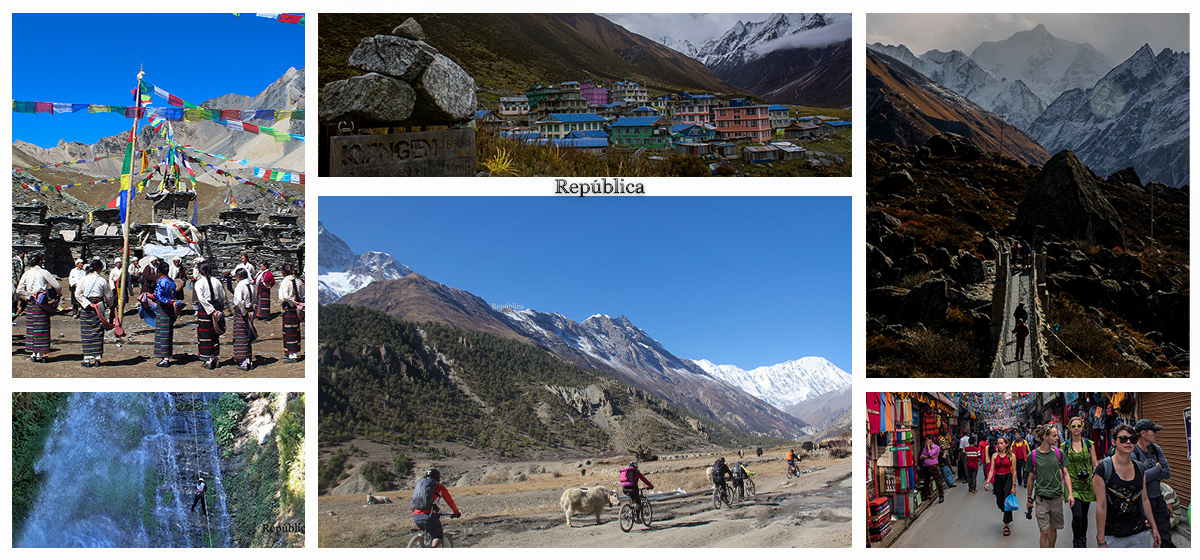KATHMANDU, Feb 18: The Department of Electricity Development (DoED) in a bid to expedite investment in the solar electricity generation and energy mix projects has amended the 'Grid Connected Alternative Electricity Development Procedures, 2022’.
At a time when the Nepal Electricity Authority (NEA) has stepped up efforts for installation of 1,000 MW solar energy projects, the sector’s regulator has come up with provisions to facilitate accomplishing the task. With an aim to complement the projects to address the winter demand for electricity, the NEA has invited proposals from the private developers for power purchase agreements.
Nabin Raj Singh, director general of the DoED, informed that the procedure has been amended in accordance with the Electricity Regulations, 1997. “Through the move, we tend to make it simple, easy, and transparent to facilitate alternative power generation projects and installation of related transmission lines to supply generated electricity to the national grid.”
Tapping into the sun

According to the DoED, the amendment of the work procedure is expected to pave the way for moving forward with solar energy projects. As of now, the department has provided survey permits to a total of 33 solar projects with a total capacity of 704 MW.
Likewise, 35 projects with a capacity of 717 MW have applied for survey. Similarly, nine projects with a capacity of 77 MW have obtained construction permits, while 10 projects with a capacity of 59.6 MW have sought to receive the construction permits.
In the new provision, a developer does not need to take a power generation permit for net metering of solar electricity generated from a domestic solar energy system. As of now, the promoter who wants to run alternative power projects with capacity of up to 1 MW and wants to connect it to the national grid must have to obtain a power generation permit from the NEA.
The new rule talks to make the promoter arrange the necessary land, roads, and transmission lines up to the electricity connection point for the project. In the case of public land, the procedure has sought coordination of the federal government with sub-national governments.
The procedure stipulates that the promoter must submit an application in the format specified in the regulations and guidelines for the survey and construction of over 1 MW solar power projects. It mentions that the promoter must take approval of local level regarding the feasibility of the solar power projects. If the project installation is linked with national parks and conservation areas, a recommendation letter from the Ministry of Forest and Environment is needed.
According to the procedure, the purchase price of electricity can be determined on the basis of the project cost, loan interest rate, depreciation, return on investment, general expenses, operating expenses, maintenance expenses, income, taxes, additional capital, debt-to-capital ratio, equipment cost and battery storage capacity, among others.
The records with the DoED show that there are a total of 21 projects with a capacity of 106.7 megawatts in operation. Out of these, the NEA run 25 MW solar energy project in Nuwakot is the largest among all.








































